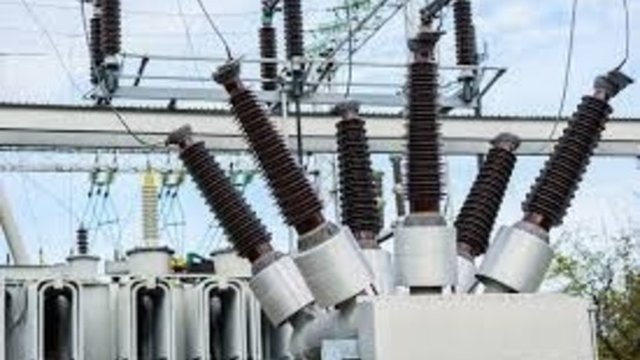NEURC abandons idea of establishing single tariff for electricity distribution for consumers of voltage classes 1 and 2

The National Energy and Utilities Regulatory Commission (NEURC) refused to establish uniform tariffs for the distribution of electricity for consumers of voltage classes 1 and 2, which was actively opposed by industry and experts.
The commission, whose meeting was broadcast online on Wednesday, failed to adopt the decision submitted at the meeting on Wednesday, broadcast online, to approve the resolution changing the procedure for setting tariffs for the distribution of electricity (resolution No. 1175 of October 5, 2018), which consisted in establishing tariffs for distribution without division into voltage classes.
NEURC Chairman Valeriy Tarasiuk voted against it, commission members Kostiantyn Uschapovsky and Oleksandr Formahey voted for it, and Ruslan Kaidash abstained. At the same time, due to the fact that the commission works with four people after rotations of its other members, the decision is considered not made.
“Consideration of this issue is closed,” Tarasiuk concluded.
“Yes, after such a decision there would be some improvements for small businesses, as well as an increase in the income of Energoatom and Ukrhydroenergo, because they provide PSO to the population. However, the arguments supporting the decision do not stand up to criticism next to the counterarguments we have heard and studied. Such a decision would be harmful and dangerous for the state. I will inform the Commander-in-Chief Headquarters about our decision and give orders to prepare standards for the transition to three voltage classes, as provided for by European standards,” the head of the NEURC explained his position.
According to the General Director of the Federation of Employers of Ukraine, Ruslan Ilyichev, who participated in the meeting, if tariffs are unified, industrial consumers’ expenses for electricity will increase by UAH 26 billion per year. He noted that the share of electricity in production, including metallurgical and defense enterprises, is 50% or more.
He added that such a decision would lead to a loss of confidence among investors who built the energy infrastructure themselves.
“The work of some companies with unique production facilities will be stopped, under the threat of fulfilling contracts, including export ones,” Ilyichev emphasized.
As Oleksandr Trofymets, a lawyer and vice-president for energy issues at the Ukrainian National Committee of the International Chamber of Commerce, said on Facebook the day before, the electricity distribution tariff is divided into voltage classes - first and second. The first class is large industry that consumes significantly more electricity. The tariff for the first voltage class is approximately five times less than for the second. It is divided because much less infrastructure is used to supply electricity to large enterprises and there is much less electricity wasted. While the tariff for second class allows you to cover the costs of delivering electricity to the population and small businesses.
The establishment of a single tariff for both groups of consumers, according to him, means a fivefold increase in the tariff for large industry.









